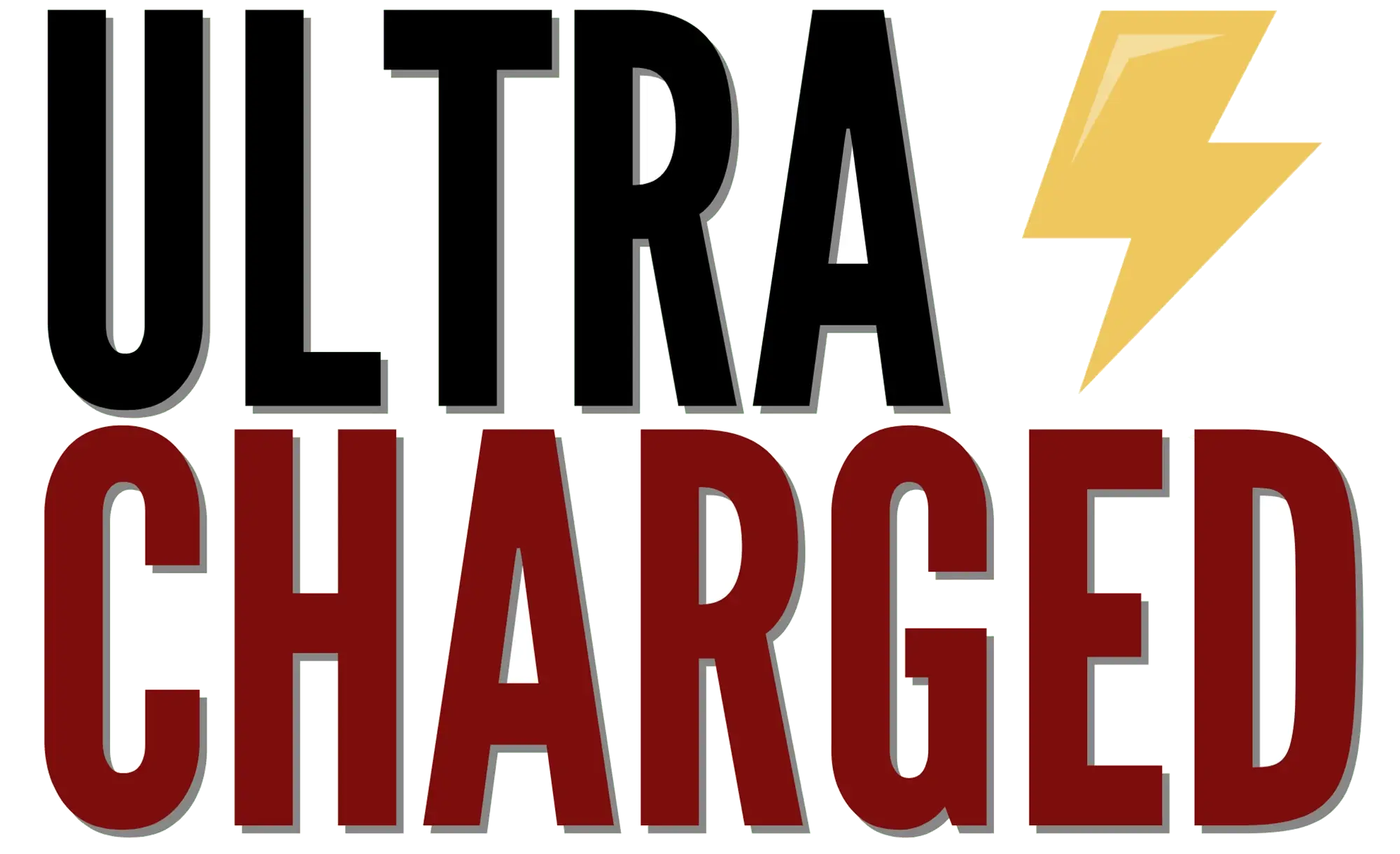Have you ever experienced a Tesla front passenger safety restraint system fault? It’s a frustrating issue that can leave you feeling uncertain about your car’s safety.
Table of Contents
In this article, we’ll explore what causes this fault and what steps you can take to fix it. Keep reading to learn more about how to ensure your Tesla’s safety systems are working properly.
- Tesla front passenger safety restraint system faults may cause malfunctioning seatbelts or airbags
- Early detection can help avoid safety concerns
- Proper maintenance and resolution are essential to ensure passenger safety
Overview of Tesla Front Passenger Safety Restraint System Fault
As a Tesla owner, you might encounter a “Tesla front passenger safety restraint system fault” message on your vehicle’s display. This issue indicates a malfunction in your Tesla’s safety restraint system, which is a critical component for the protection of passengers during accidents. Understanding the different types of safety restraint system faults can help you troubleshoot the problem and take the necessary steps to resolve it.
Types of Tesla front passenger safety restraint system fault
There are a couple of common issues that can trigger Tesla front passenger safety restraint system fault in your Tesla:
- Seatbelt malfunction: Your Tesla’s seatbelt system may experience faults related to its sensors or mechanical components. These issues can prevent the seatbelt from tightening properly during an accident, compromising the safety of the front passenger.
- Airbag issues: The front passenger airbag in your Tesla is another crucial component of the safety restraint system. Faults related to the airbag can range from sensor issues to problems with the airbag’s deployment mechanism.
When you encounter a safety restraint system fault in your Tesla, it’s essential to address the issue right away. Seek assistance from Tesla’s service team or consult the Tesla Motors Club forum for guidance from other Tesla owners who may have experienced similar issues.
Remember, ensuring the proper functioning of your Tesla’s safety restraint system is crucial not only for the safety of your passengers but also for maintaining the overall performance and reliability of your vehicle.
Causes of Tesla front passenger safety restraint system faults
Sensor Issues
One of the primary causes of the Tesla front passenger safety restraint system fault in your Car are sensor issues. These sensors detect whether a passenger is present in the seat and whether they are wearing a seatbelt. When a sensor becomes misaligned or damaged, it can no longer detect the passenger or seatbelt properly. As a result, your vehicle will display a fault warning. To troubleshoot this issue, ensure that the sensors are clean and in their correct positions.
Wiring Problems
Faulty wiring or damaged connections under the passenger seat can trigger safety restraint system fault warnings too. Such issues could include wires that are crushed, pinched, or disconnected. It is important to carefully inspect the connections under the passenger seat for any signs of damage or disconnection. If you find an issue, consult a service center for proper repair.
Airbag and Seatbelt Malfunctions
Airbag and seatbelt malfunctions are another cause for Tesla’s front passenger safety restraint system fault warnings. Proper functioning of airbags and seatbelts is crucial for your safety. These components are also linked to the safety restraint system. If there are any malfunctions within the airbag or seatbelt system, it can trigger a system fault. In such cases, it’s best to contact a Tesla service center to diagnose and repair the issue.
How to Detect Faults in Tesla Safety Restraint System

Warning Messages
One way to detect faults in your Tesla’s safety restraint system is through warning messages displayed on your vehicle’s dashboard. If you encounter a fault, the message “Front Passenger Safety Restraint System Fault” may appear on the screen.
Don’t panic, as these warning messages are designed to alert you of potential issues with your vehicle’s safety features. They may indicate a problem with the seatbelt sensor or a disconnected component within the system. Ensure that you address these warning messages as soon as possible to maintain the safety of your vehicle for both you and your passengers.
Diagnostic Tools
Another method to identify faults in your Tesla’s safety restraint system is through the use of diagnostic tools. These tools are designed to read and interpret the error codes produced by your vehicle’s onboard computer system.
By connecting the diagnostic tool to the OBD-II port, you’ll be able to retrieve the error codes and gather information about the potential fault. This can help you pinpoint the specific issue and decide whether you can handle the repair yourself or if you should take your Tesla to a certified mechanic for further assistance.
Resolving Tesla Front Passenger Safety Restraint System Faults
Resetting Fault Codes
Sometimes, the fault message is triggered by a temporary issue, and resetting the system might clear the error. To do this, you can:
- Power off your Tesla and wait for a few minutes.
- Restart the car and check if the error message has disappeared.
If this doesn’t work, you might want to try a hard reset by following these steps:
- Power off your Tesla.
- Press and hold both scroll buttons on the steering wheel for around 20 seconds.
- Release the buttons and wait for the Tesla logo to appear on the screen.
- Start your Tesla and check if the error message is still displayed.
If the fault code persists, it’s time to consider maintenance and repairs.
Maintenance
Regular maintenance can help prevent the Tesla front passenger safety restraint system fault from occurring. Make sure you stick to the recommended maintenance schedule for your vehicle, which includes:
- Inspecting seat belts and airbags periodically for any wear, tear, or damage.
- Ensuring that all sensors and connectors in the restraint system are clean and functioning properly.
- Verifying that the seatbelt pre-tensioners and airbags are in good working order.
Repairs
If the fault code persists after resetting and checking your Tesla’s maintenance, you might need repairs. Some common causes of the front passenger safety restraint system fault include faulty sensors or damaged airbags. In situations like these, you should reach out to a Tesla service center for a proper diagnosis and professional repair.
Depending on the issue, repairs can vary in cost. For example, replacing a seat or airbag can cost as much as $2,000. Smaller components may be less costly to fix. If your vehicle is still under warranty, the repairs may be covered at no additional cost.
Remember, addressing a Tesla front passenger safety restraint system fault is important for the safety of you and your passengers. Don’t hesitate to reach out to a Tesla service center for assistance if needed.
FAQ:

What causes the passenger restraint system to malfunction?
The Tesla front passenger safety restraint system fault can occur due to various reasons such as a water leak, low battery voltage, faulty sensors, corroded components, and loose or faulty seat belts. It is critical to address the issue promptly for passenger safety.
What does restraint system faulty mean?
“Restraint system faulty” is a warning message that appears on the dashboard of a vehicle when there is a problem with the passenger restraint system. This issue can result in the airbags, seat belts, and other safety features not functioning correctly, which could potentially put passengers at risk.
How to reset your Tesla
You can reset the System of your car. This often helps to reset fault codes. Here’s how to reset your System of your Car:
First power off your Tesla. Then press and hold both scroll buttons on the steering wheel for around 20 seconds. After 20 seconds release the buttons and wait for the Tesla logo to appear on the screen. The reset is complete, start your Tesla and check if the error message is still displayed. You often can get rid of Tesla front passenger safety restraint system faults.
If you liked this blog article about the topic: Tesla Front Passenger Safety Restraint System Fault, don’t forget to leave us a comment down below to tell us about your experience.




